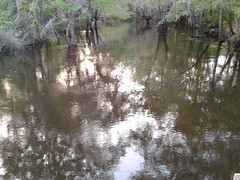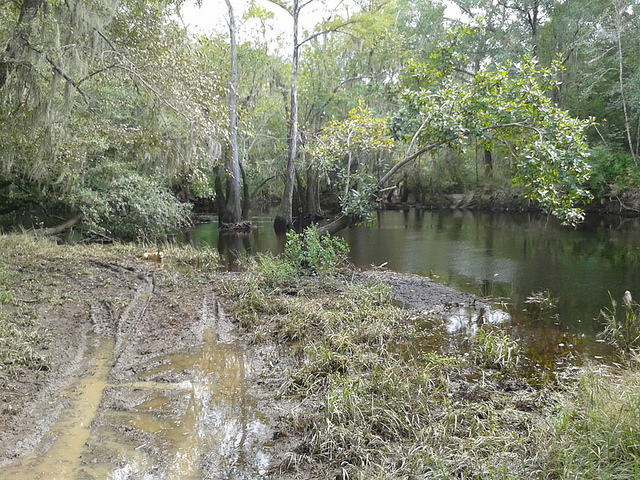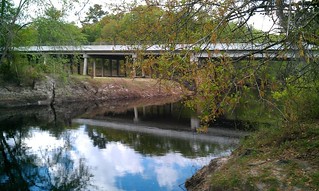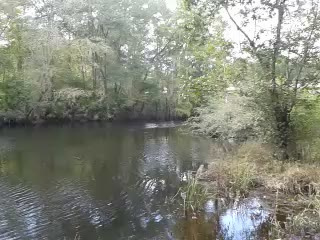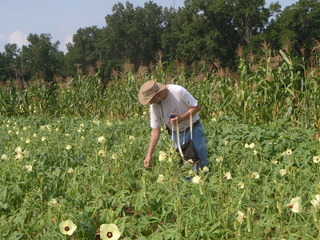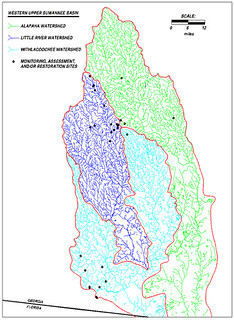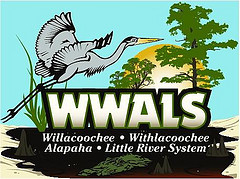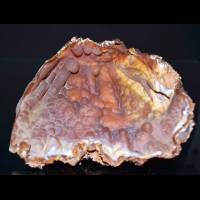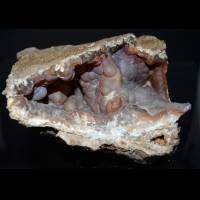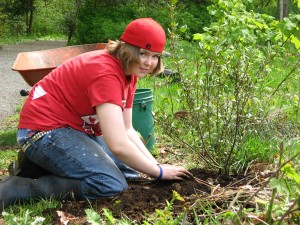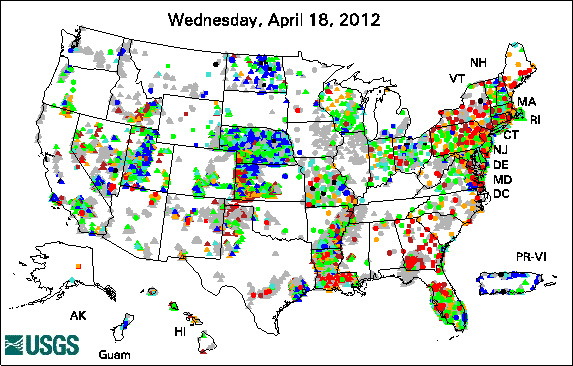It smelled as bad as it looked:
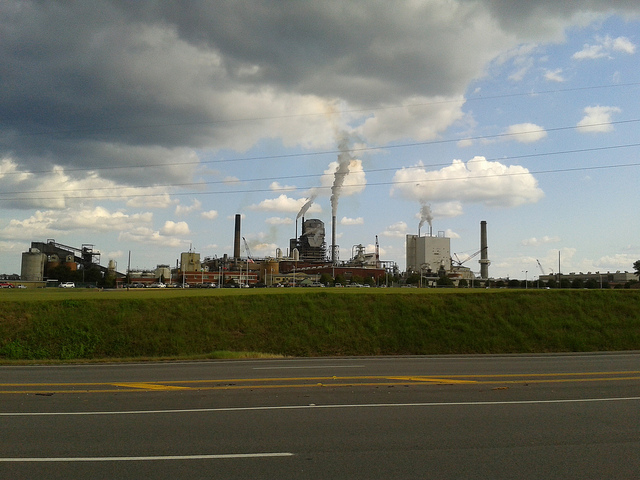
Picture by John S. Quarterman for Okra Paradise Farms, Lowndes County, Georgia, 7 September 2012.
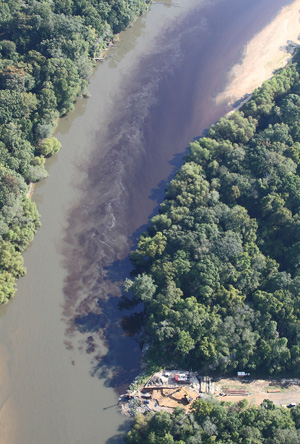 This is the notorious Rayonier paper mill near Jesup, Georgia,
that Georgia Water Coalition ranked on its Dirty Dozen,
2011’s worst offenses against Georgia’s Water,
as
#2, Altamaha River: Rayonier Pulp Mill Discharge Destroys Fisheries.
That report got
a reaction from Rayonier,
according to Mike Morrison in Jacksonville.com 8 November 2011,
Rayonier acknowledges waste issues,
This is the notorious Rayonier paper mill near Jesup, Georgia,
that Georgia Water Coalition ranked on its Dirty Dozen,
2011’s worst offenses against Georgia’s Water,
as
#2, Altamaha River: Rayonier Pulp Mill Discharge Destroys Fisheries.
That report got
a reaction from Rayonier,
according to Mike Morrison in Jacksonville.com 8 November 2011,
Rayonier acknowledges waste issues,
The head of Rayonier acknowledged Monday that there are problems
with the water it discharges into the Altamaha River at its paper
mill near Jesup but said the company is ahead of schedule on
cleaning it up.
The Georgia Water Coalition on Saturday ranked a stretch of river in
the vicinity of the mill second on its “Dirty Dozen,” a
list of the state’s most polluted or otherwise damaged rivers,
streams, wetlands and marshes.
“We are very committed to the water quality of the Altamaha
River,” Rayonier Chairman and CEO Lee Thomas said. “It’s
important to us, just as it is important to the people of southeast
Georgia. We’re working hard to improve the discharge.”
 Rayonier’s pollution remains famous in song and story, such as in
this YouTube video.
Rayonier’s pollution remains famous in song and story, such as in
this YouTube video.
Continue reading →
![[Movie: Circus dog River (77M)]](http://www.okraparadisefarms.com/pictures/2024-06-02--river-escapes/20240602_114851.jpg)
![[Lively small turtle]](http://www.okraparadisefarms.com/pictures/2024-05-10--turtle/big/turtle.jpg)
![[Wasps]](http://www.okraparadisefarms.com/pictures/2020-06-14--nests-azaleas-sycamore-pond-wasps-tanager-spider/20200614_195446.jpg)

